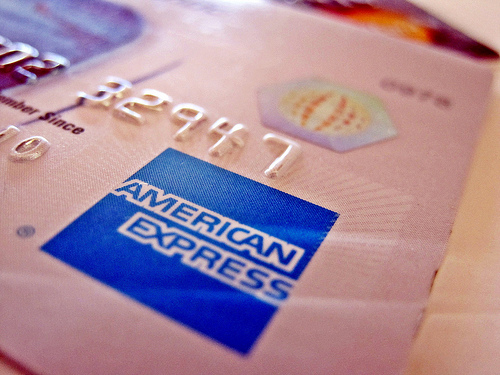Credit cards certainly aren't a new phenomenon. In fact, credit cards are nothing more than a physical representation of an old accounting technique that simply puts things “on account” –accounts payable if you owed someone and accounts receivable if you were expecting payment from a customer. Generally, such transactions were limited between businesses, and much of the system was based primarily on the integrity of the company doing the borrowing.
However, consumer credit using cards officially began in the 1920s when select oil companies and hotels would give pre-approved customers the ability to put their charges on account. Such “cards” were limited to transactions occurring only between select customers and the firm from which they were purchasing. Several years later in 1938, companies began to accept cards from other retail merchants too.
Attribution for the official launch of third-party credit cards of modern vintage is generally attributed to John Biggins of the Flatbush National Bank in Brooklyn, New York. In 1946, Biggins invented the “Charge-It” program. This program allowed consumers to purchase items on credit from local merchants. The merchants would then take slips of deposit to their local bank and the bank would bill the customer for the transaction, taking the risk away from the merchant.
The process was further honed four years later when in 1950 the Diner’s Club issued their first credit card thanks to founder Frank McNamara. This particular card was made specifically for using credit cards at restaurants where no cash was needed for the transaction.
Of course, we are all familiar with the proliferation of modern credit which occurred during the infomercial craze of the 1980s and 1990s, including the rise of home shopping networks and the Internet. While today’s credit card landscape is much more ubiquitous than that of previous centuries, it has certainly been an evolutionary process.
So where will we be in the next 100 years of credit? I think it's safe to assume something else will replace the plastic in our wallets, but what will that be? Do you have any predictions?








